Report this entry
More from the same community-collection
El Paso Police motorcycle officers - 1918
Capt. Joe Stowe and another officer inspecting new police ...
Ruth Schwartz Wedding Party - El Paso, Texas
Ruth Schwartz , daughter of Fannie & Adolph Schwartz ( Founder ...
Ruth Schwartz Zork with Daughter Marian Eleanor Zork
Ruth Schwartz Zork , daughter of Adolph Schwartz with daughter ...
Adolph Schwartz founder of Popular Dry Good Co
Adolph Schwartz with his grandchildren Marian Eleanor Zork ( ...
El Paso Police Mounted Officers - 1974
left to right: Richards Edens, Karl Beasley, Al Kasten, Jim ...
El Paso Police Department - 1901 - El Paso, Texas
The El Paso City Police Department - 1901. A few short years ...

















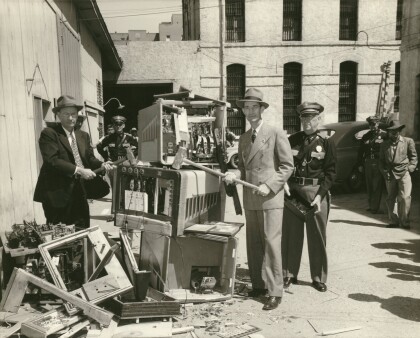
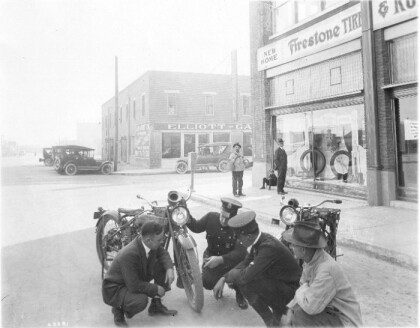

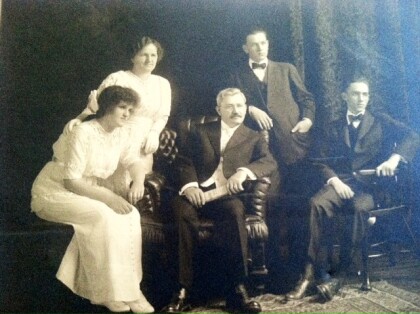
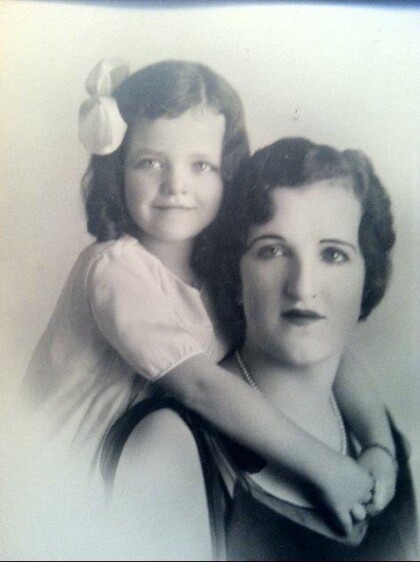

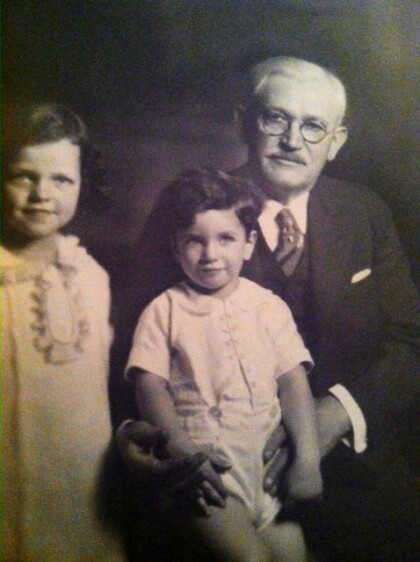
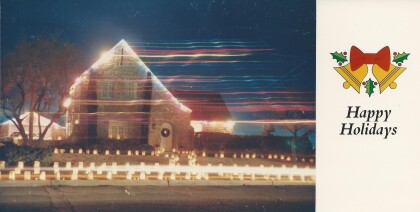
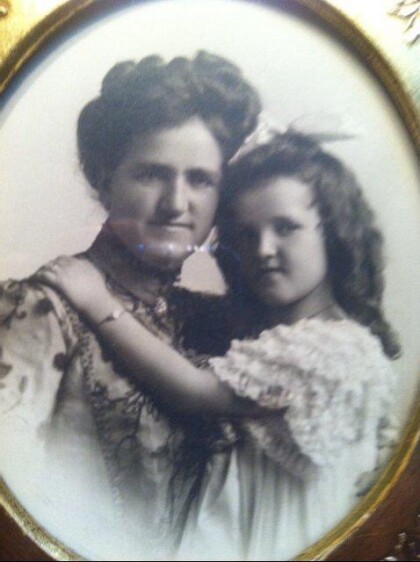
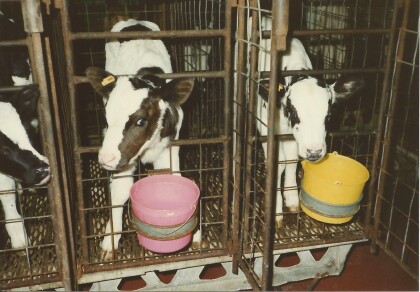
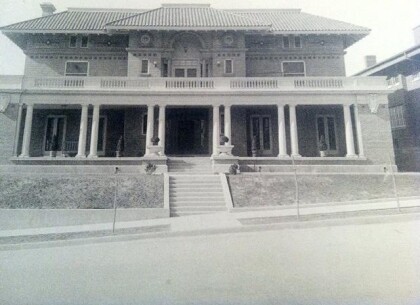
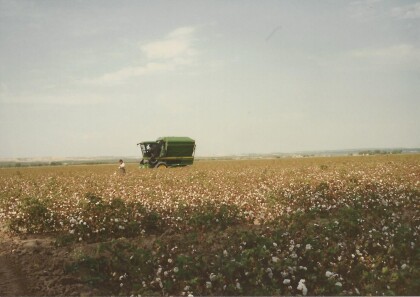
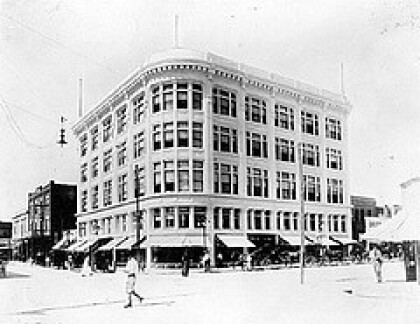
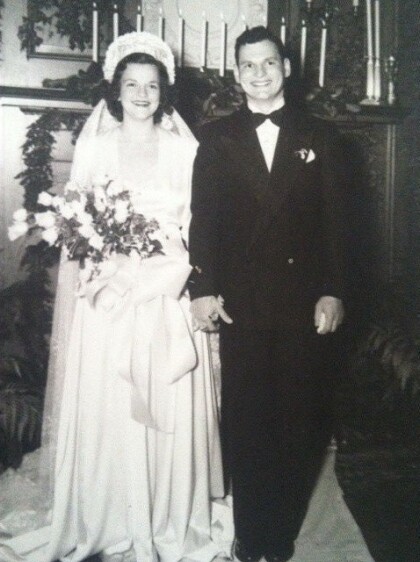
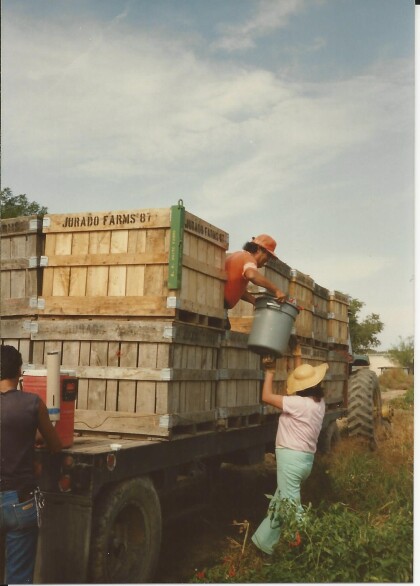
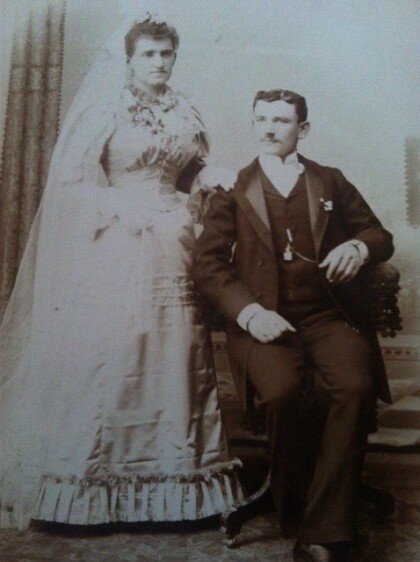
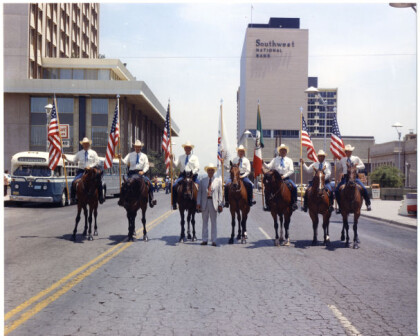
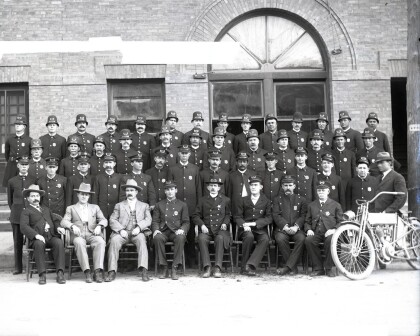
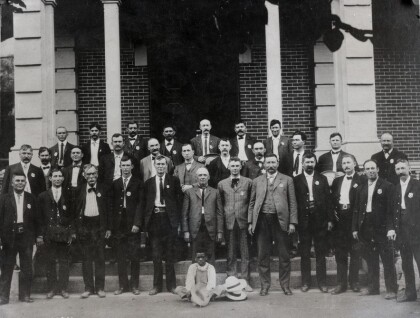
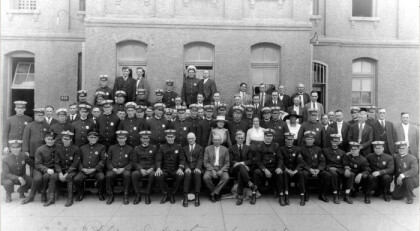
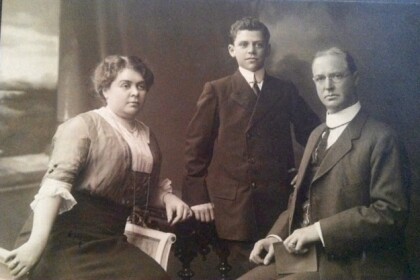
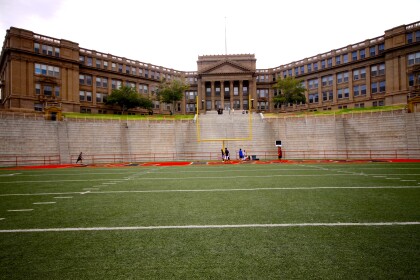
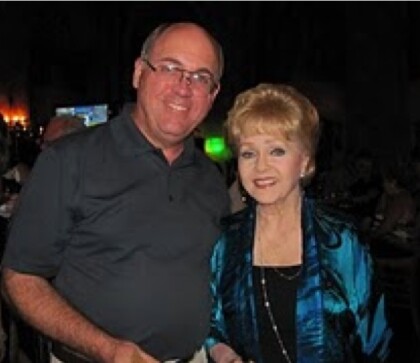
Comments
Add a comment